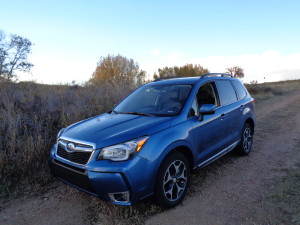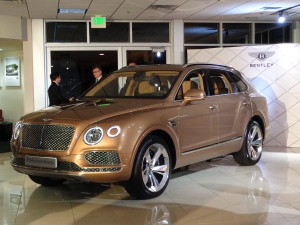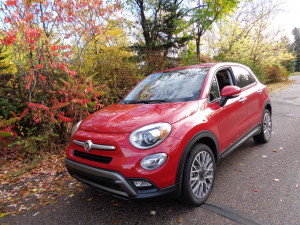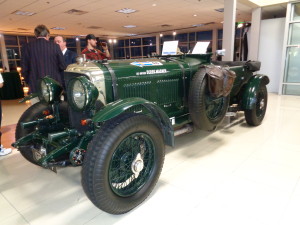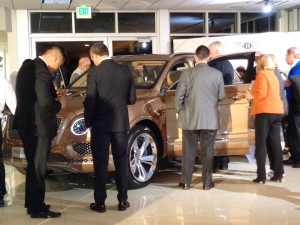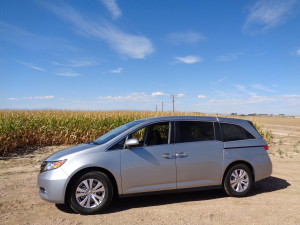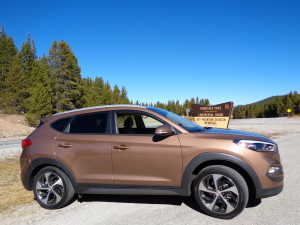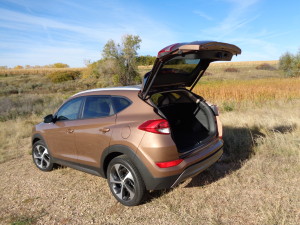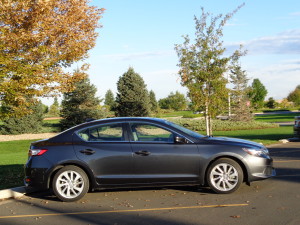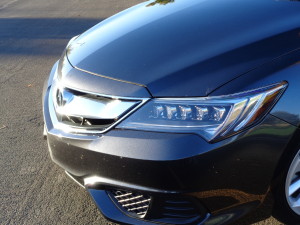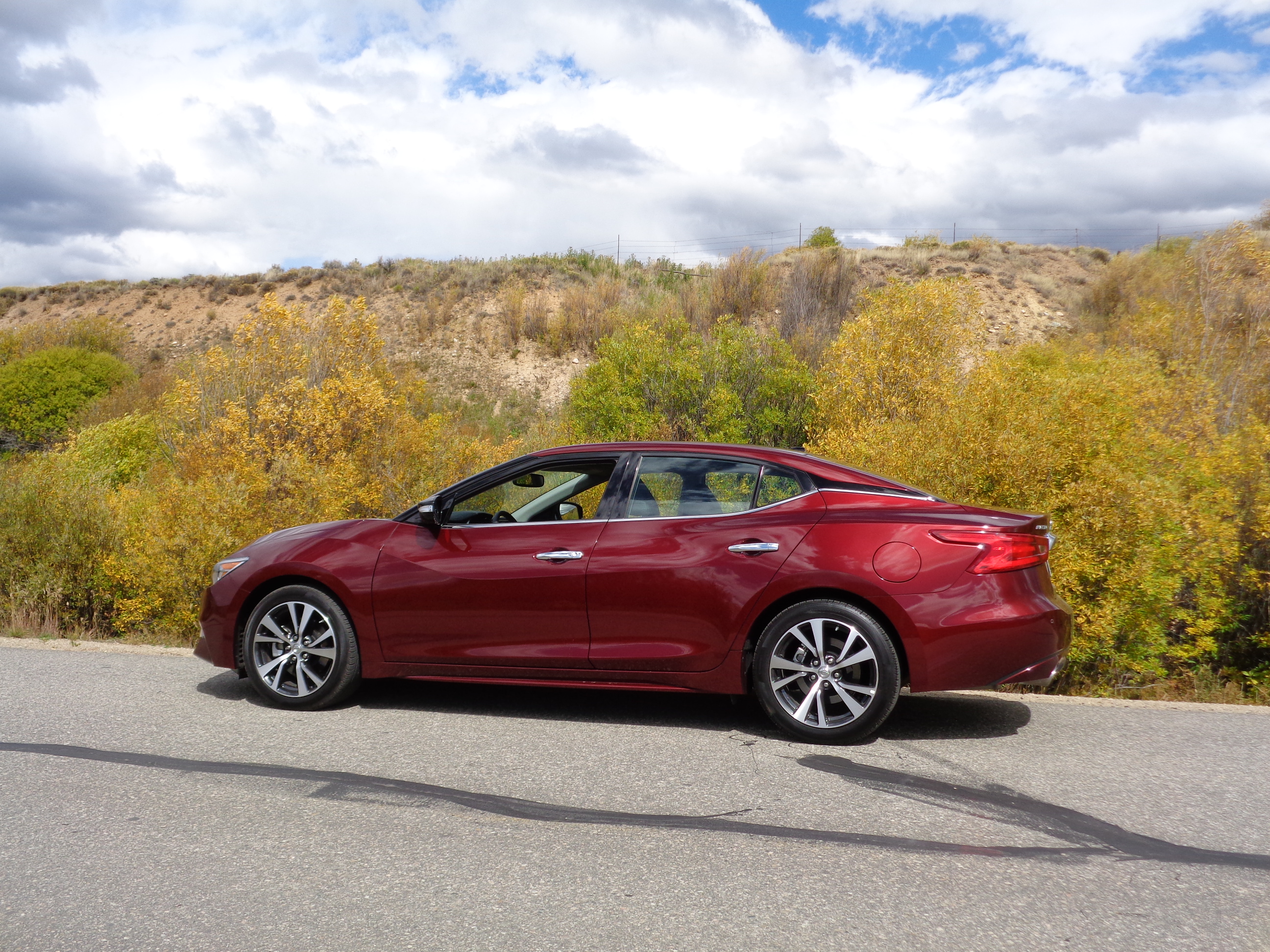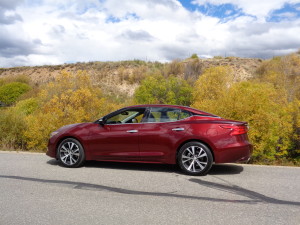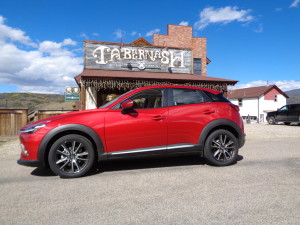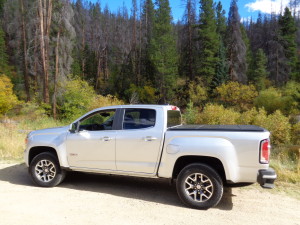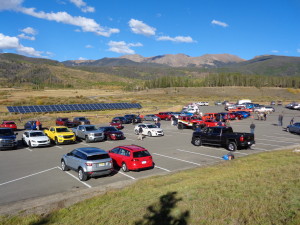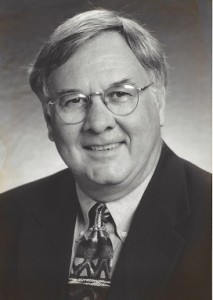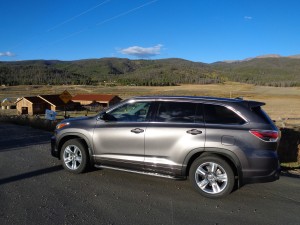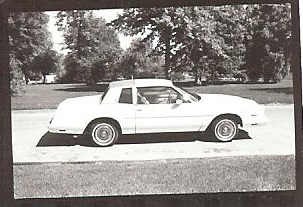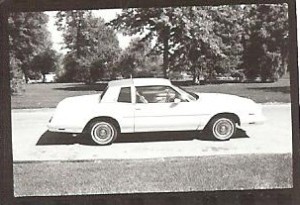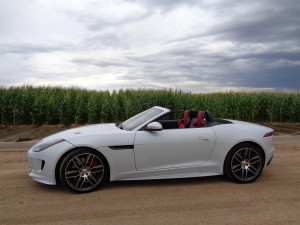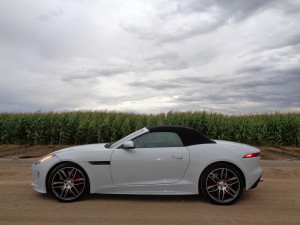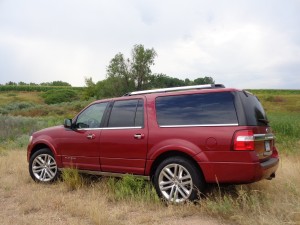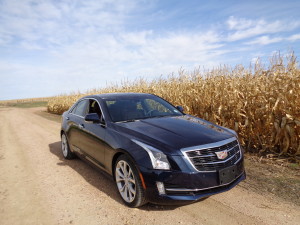
Powertrain enhancements are the keys for the 2016 Cadillac ATS in its reach for more market share against entry-level European luxury sedans.
A new 335-horsepower, 3.6-liter V-6 engine with stop-start technology and cylinder deactivation, mated to an 8-speed automatic transmission (replacing the old 6-speed), have noticeably improved performance.
It is a smoother operation with the eight speeds, other than an occasional harshness in downshifts while braking, yet offers greater midrange thrust.
The new 3.6 is rated at 14 more horsepower than last year’s V-6. Optional engines for ’16 are a 202-hp, 2.5-liter 4-cylinder and a 272-hp, turbocharged 2.0-liter 4-cylinder.
The shutdown of the V-6 engine at stoplights (with instant restart when pressure is eased on the brake pedal) and its ability to cruise on three cylinders instead of six has raised its EPA estimate to 20/30 miles per gallon from last year’s 19/28. Lots of in-city driving resulted in an overall average of 22.1 for my time with the ATS.
With a 4-inch shorter wheelbase and 9-inch shorter overall length than the Cadillac CTS, the ATS is in direct competition with the BMW 3 series, Mercedes-Benz C Class, Audi A4 and A3, and two new entries, the Acura ILX and Lexus RC sedan.
The Cadillac overall length of 182.8 inches compares with 182.5 for BMW, 180.7 for Mercedes, 185.1 for Audi A4, 181.9 for Acura and 184.4 for Lexus.
Ride comfort in the rear-wheel-drive ATS doesn’t quite measure up to the bigger Cadillacs; its handling, though, is superb, very crisp. Rear-seat legroom and cargo space are somewhat tight.
The trunk space is only 10.4 cubic feet. We pushed and squeezed a bit to fit four bags and a laptop into the Cad’s trunk for a recent drive to DIA and a flight to Seattle. Even the new Acura ILX, which is smaller in overall measurements, has more luggage room than that.
An updated Cadillac User Experience (CUE) infotainment system is easier to use; still the touch slide bar for audio volume is prone to difficulty in lowering or raising the sound by a degree. Navigation and Bluetooth streaming are well-done.
The ATS review model was not equipped with the optional all-wheel-drive system. A performance version, the ATS-V, is also available.
The ’16 ATS rear-drive sedan jumped in price from a base of $48,110 to a sticker of $55,430 with the addition of adaptive cruise control, head-up display, front and rear automatic braking, leather seating surfaces with sueded microfiber seatbacks, power sunroof, heated front seats and heated steering wheel.
Among standard items are magnetic ride control, Brembo performance brakes, 18-inch wheels, Bose surround sound, rainsense wipers and rearview camera.
Here are the specifications for the ’16 Cadillac ATS 3.6L Sedan:
- Capacity 5-passenger
- Wheelbase 109.3 inches
- Length 182.8 inches
- Width 71.1 inches
- Height 55.9 inches
- Curb Weight 3,461 pounds
- Track 59.5 inches front, 60.9 rear
- Ground Clearance 5.4 inches
- Turn Circle 36 feet
- Drivetrain Rear-wheel-drive
- Engine 3.6-liter V-6
- Horsepower/Torque 335/285
- Transmission 8-speed automatic
- Steering variable-ratio electric power
- Suspension performance, strut front, multilink rear
- Fuel mileage estimate 20/30
- Fuel mileage average 22.1
- Fuel Tank 16 gallons, regular unleaded
- Wheels 18-inch
- Tires Bridgestone Potenza 225/40RF18
- Cargo Volume 10.4 cubic feet
- Warranty 4years/50,000 miles basic, 6/70,000 powertrain
Competitors Audi A3, Acura ILX, BMW 2 series, Mercedes C Class, Lexus RC
Assembly Plant Lansing, Mich.
Parts Content U.S./Canadian 60%, Mexico 17%
Base Price of Lowest Model $33,215; Base Price of Review Model $48,110; Destination Charge $995; Sticker Price $55,430.
